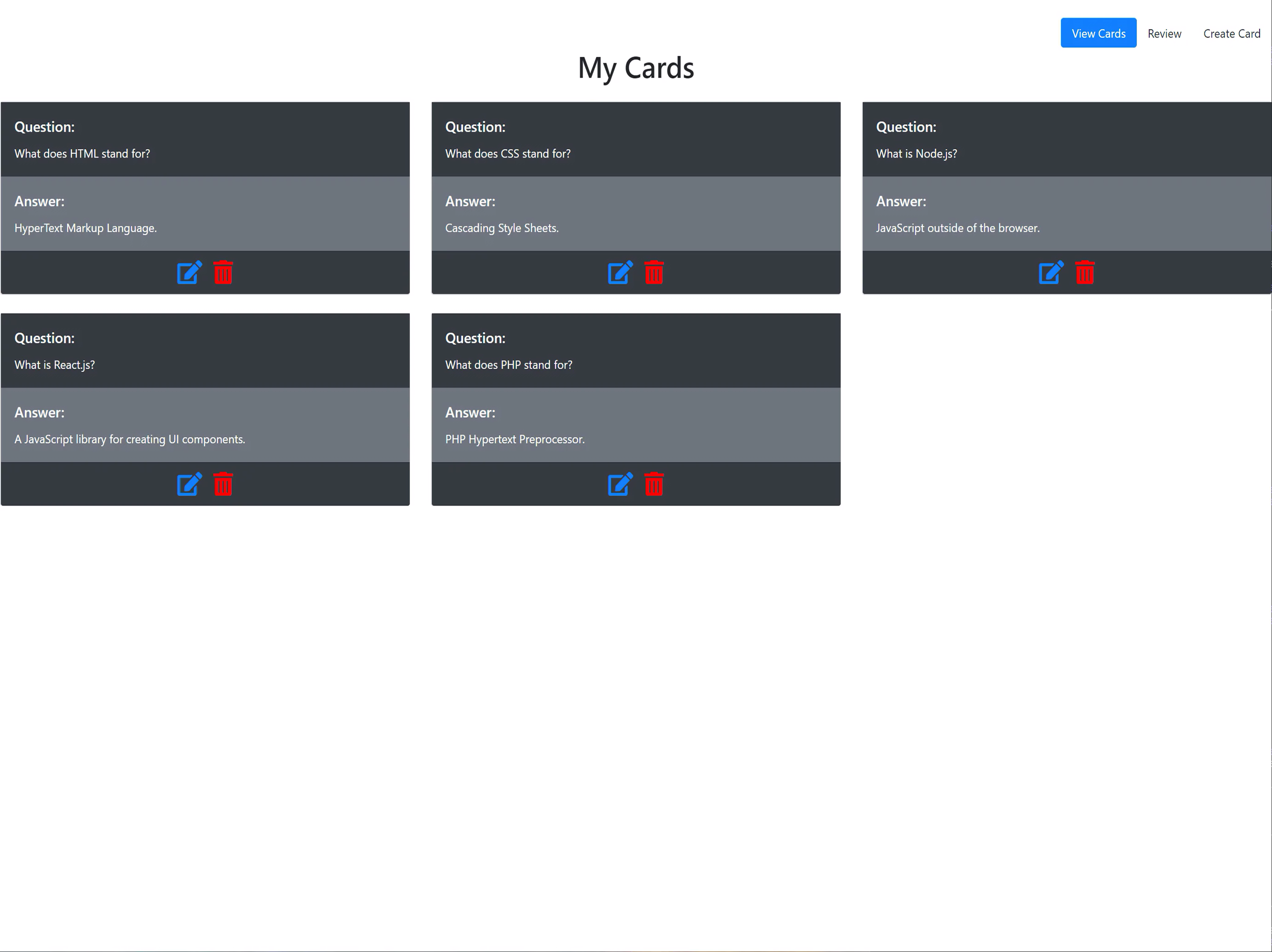

MongoDB works with collections, which are analogous to the regular SQL table.

Create Documents - Adding New Items to the Database Once the application has a connection to the instance, we can start implementing the CRUD functionality of the application. The URI string could also be assigned to the key MONGO_URI in app.config app.config = "mongodb://localhost:27017/todo_db" This ties our application to the MongoDB Instance: mongodb_client = PyMongo(app, uri= "mongodb://localhost:27017/todo_db") The PyMongo Constructor (imported from flask_pymongo) accepts our Flsk app object, and a database URI string. Which we'll then use to initialize our MongoDB client. Next we'll create a Flask app object: app = flask.Flask(_name_) We'll start off' by importing Flask and Flask-PyMongo into our app: from flask_pymongo import PyMongo Connecting to a MongoDB Database Instance with Flaskīefore we actually perform any work, we want to connect our MongoDB instance to the Flask application. Now that we are all set, let us get started integrating MongoDB into our Flask app. To begin using Flask-PyMongo, we need to install it with the following command. It doesn't use any predefined schema so it can make full use of the schemaless nature of MongoDB. PyMongo is a low-level wrapper around MongoDB, it uses commands similar to MongoDB CLI commands for: Next we need to set up Flask-PyMongo, which is a wrapper around the PyMongo python package. You will also need to have Flask installed, and if you don't, you can do so with the following command: $ pip install flask To install a local instance of MongoDB, head over to their official documentation website for instructions on how to download and install it. We will be using a local instance on our own personal machine. To follow along with this tutorial, you will need access to a MongoDB instance, You can get one from MongoDB Atlas or you could use a local instance. We will also be working on a simple Todo-List API to explore the CRUD capabilities of MongoDB. There are several Flask extensions for integrating MongoDB, here we'll be using the Flask-PyMongo extension. In this article, we shall be taking a look at how to integrate one of the most popular NoSQL databases - MongoDB - with the Flask micro-framework. There are various databases to choose from, depending on your preference.

Building a web app almost always means dealing with data from a database.


 0 kommentar(er)
0 kommentar(er)
